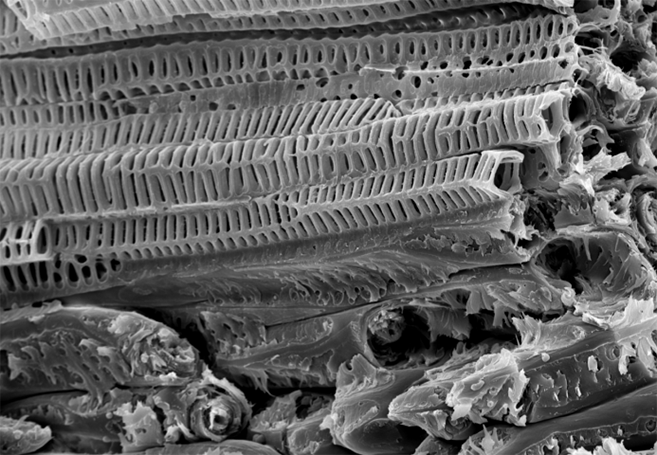“Look deep into nature,” said Albert Einstein, “and then you will understand everything better.” Not only was Einstein referring to metaphysics, but he was also touching on the world of biomimicry — an approach to innovation that seeks sustainable solutions to human challenges by emulating nature’s time-tested patterns and strategies. Scientists, engineers, and researchers have continuously searched mother nature for ingenious design and engineering innovations to integrate into our buildings, medicine, technologies, sciences, and beyond — and year after year they continue to unlock the most uncanny solutions that surround us each and every day, hiding right there beneath our eyes.
The latest of which is a whipsmart solution to help make buildings earthquake-proof. By analyzing the cellular structure of coconuts, researchers discovered a remarkable ladder-like cellular structure which prevents coconuts from exploding when they smash to the ground. Coconut shells are made of three layers: 1) the outer, hairy exocarp layer; 2) the fibrous mesocarp layer in the middle; and 3) the tough endocarp inside layer which touches the white pulp — and it’s this inner endocarp layer which is made of these brilliant ladder-like cells which effortlessly redistribute the ground-smashing forces which prevent cracking.
“This combination of lightweight structuring with high energy dissipation capacity is of increasing interest to protect buildings against earthquakes, rock fall and other natural or manmade hazards,” says plant biomechanist Stefanie Schmier. Engineers are already coming up with a way to integrate these ladder-like cellular fibres into poured concrete in order to eliminate the worry of structural failure during earthquakes. Engineering mic drop. (Photo credit: Plant Biomechanics Group Freiburg; source: TechXplore.com, Biomimicry.org)


